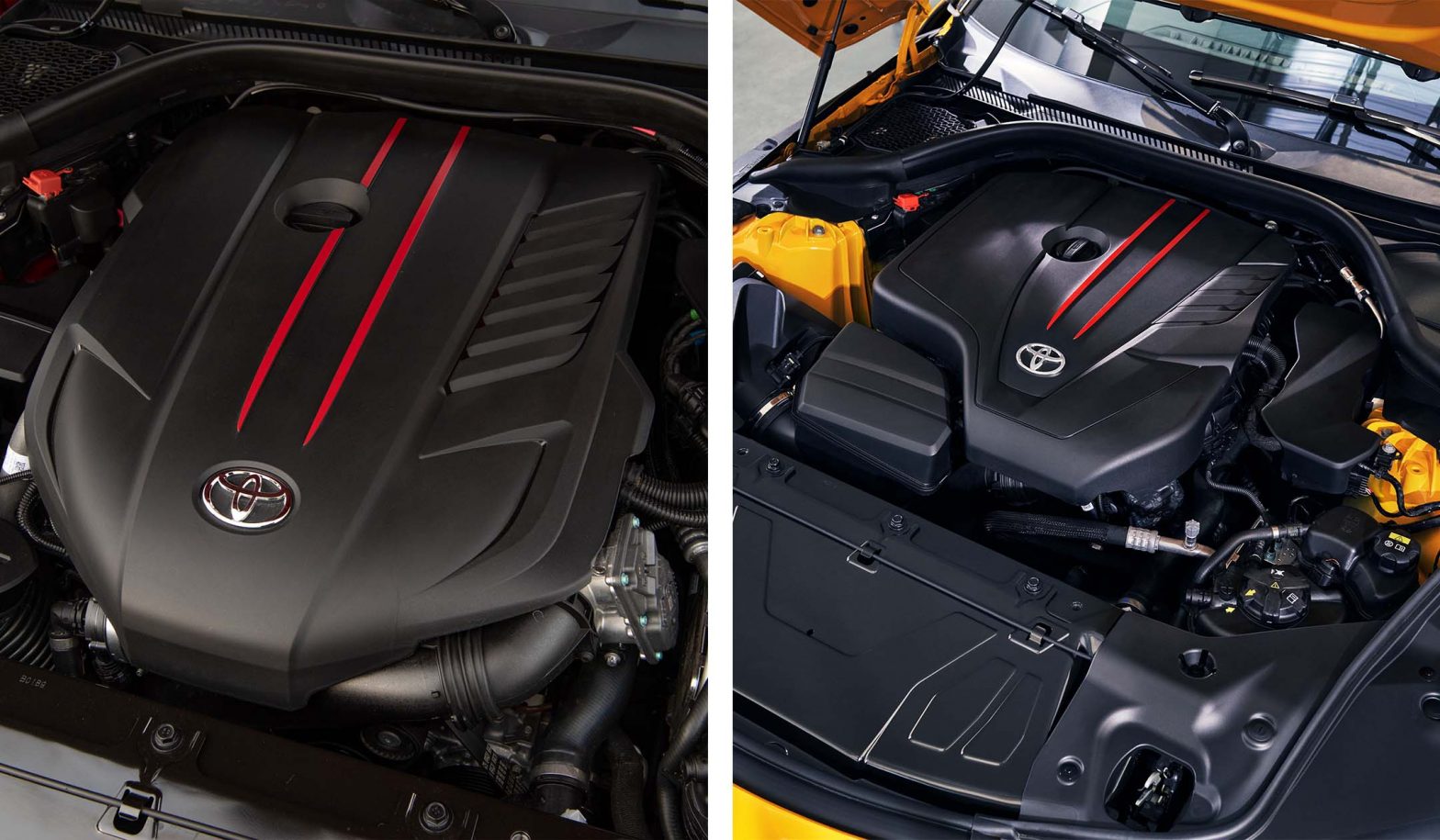GR Supra A91-CF Edition, Limited to Only 600 Units, Exclusive to North America A91-CF Features Bold, Carbon Fiber Body Kit and Duckbill Rear Spoiler Heated seats now standard on Supra 3.0 New Red Leather Interior Color Choice on 3.0 Premium Models with Premium Audio Have Full Screen Apple Car Play® compatibility Complimentary 1-year membership to… Continue reading @Toyota: Limited Carbon Fiber Edition, Colossal Power: 2022 Toyota GR Supra
Tag: Toyota
@Toyota: Toyota Expands C+pod Sales to All Customers in Japan
Toyota Motor Corporation (Toyota) announced today that it will expand sales of the “C+pod” ultra-compact battery electric vehicle (BEV) to all corporate and municipal customers, and now the general public as well, from December 23. The vehicle was launched for select corporate and municipal customers in December last year. All vehicles will be offered via… Continue reading @Toyota: Toyota Expands C+pod Sales to All Customers in Japan
The Zacks Analyst Blog Highlights: Broadcom, The Bank of Nova Scotia and DENSO
For Immediate Release Chicago, IL – December 23, 2021 – Zacks.com announces the list of stocks featured in the Analyst Blog. Every day the Zacks Equity Research analysts discuss the latest news and events impacting stocks and the financial markets. Stocks recently featured in the blog include: Broadcom Inc. AVGO, The Bank of Nova Scotia… Continue reading The Zacks Analyst Blog Highlights: Broadcom, The Bank of Nova Scotia and DENSO
Is the S&P 500 Due for a Major Pullback? 3 Ultra-Safe Stocks
The one big thing on everyone’s minds at the moment is Omicron and the way that it is spreading. For investors, it isn’t just the fear of getting infected or worse, hospitalized. It’s also a concern about what it could do to the market, if people rush back indoors. And of course, the things that… Continue reading Is the S&P 500 Due for a Major Pullback? 3 Ultra-Safe Stocks
Steve Cropley: highlights from a year in motoring
Don’t let anyone tell you 2021 hasn’t been an action-packed year for cars and car events. One of my abiding memories of it will always be of the many meetings, shows and organisations that were restored to life and of watching resourceful car people return our world to its axis. Of course, large parts of… Continue reading Steve Cropley: highlights from a year in motoring
Vertu Motors acquires former Reg Vardy site for used business
Vertu Motors has acquired a former Reg Vardy site in Stockton for a new Bristol Street Motors MotorNation used car dealership. Robert Forrester, CEO Vertu Motors, said via Twitter: “Today we completed the assignment on the old Reg Vardy Stockton Rover, which we will reopen as a Bristol Street Motors MotorNation. I have fond memories… Continue reading Vertu Motors acquires former Reg Vardy site for used business
Panasonic, Daihatsu halt Malaysian plants after flash floods
Go to Source
Is Denso (DNZOY) Stock Undervalued Right Now?
Here at Zacks, we focus on our proven ranking system, which places an emphasis on earnings estimates and estimate revisions, to find winning stocks. But we also understand that investors develop their own strategies, so we are constantly looking at the latest trends in value, growth, and momentum to find strong companies for our readers.… Continue reading Is Denso (DNZOY) Stock Undervalued Right Now?
Toyota (TM) Halts Domestic Production in January, Trims Output
Toyota Motor TM recently announced the decision to halt operations on seven production lines at five factories in Japan next month because of supply-chain bottlenecks, semiconductor chip shortages and the COVID-19 pandemic. The Japan auto giant stated that the latest suspension at the domestic factories will slash its output by about 20,000 vehicles amid procurement… Continue reading Toyota (TM) Halts Domestic Production in January, Trims Output
Intelligent Transportation System Market Global Report 2021 Featuring Leading Players – Siemens, Thales Group, Garmin and Denso
DUBLIN, Dec. 22, 2021 /PRNewswire/ — The “Global Intelligent Transportation System Market with COVID-19 Impact Analysis, by Offering, System (Advanced Traffic Management Systems, ITS-enabled Transportation Pricing Systems, and Others), Application, and Geography – Forecast to 2026” report has been added to ResearchAndMarkets.com’s offering. The global ITS market is expected to grow from USD 42.2 billion… Continue reading Intelligent Transportation System Market Global Report 2021 Featuring Leading Players – Siemens, Thales Group, Garmin and Denso

